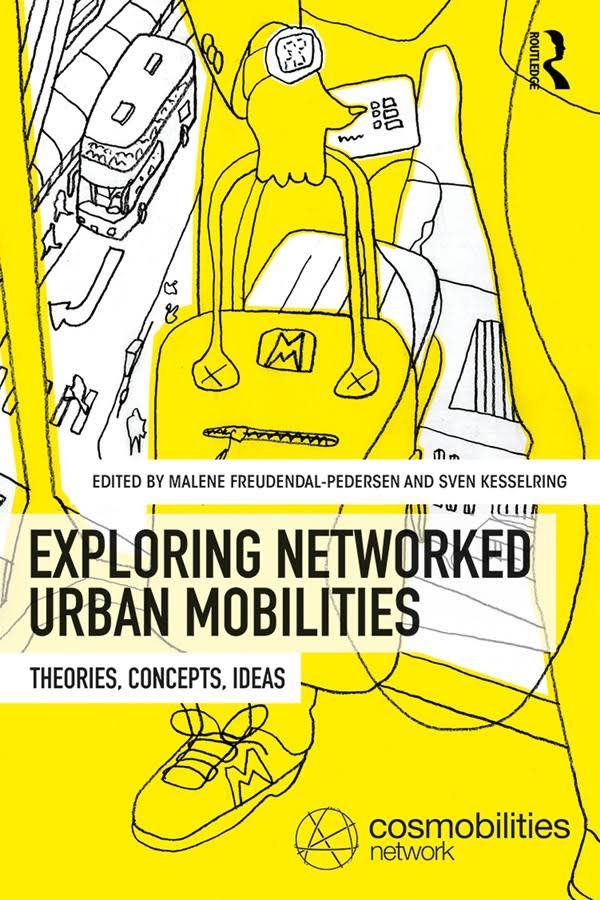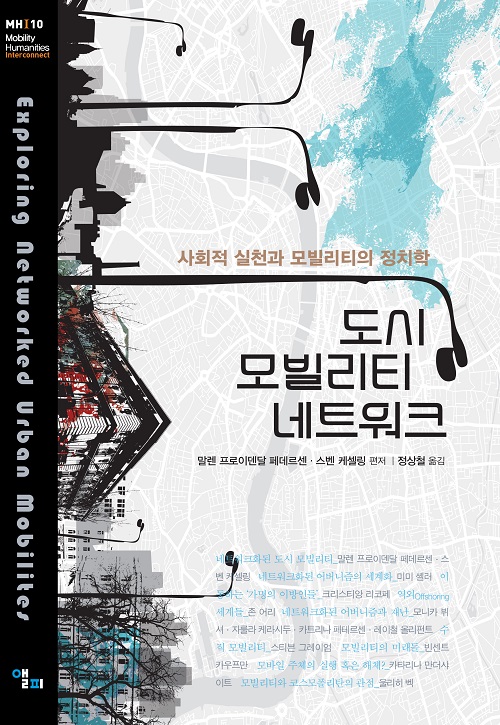The Future of Networked Urban Mobility
What Is the New Mobilities Paradigm?
This book contains theoretical and conceptual concerns as well as new ideas and perspectives that are representative of the new mobilities paradigm. This book is a collection of new interdisciplinary studies that are concerned with the social changes as well as the risks and opportunities that result from the modern mobile world. Today, the new mobilities paradigm has huge influence on the works and thoughts of civil society practitioners, academic researchers as well as those in public institutions and corporations. The works within this book are by world- renowned scholars and are sharply analytical, demonstrating the depth and diversity of studies within the new mobilities paradigm. This book offers readers a great opportunity to understand how the mobility paradigm has transformed our lives without many of us even noticing.
Translated from…

This book is a Korean translation of the book titled Exploring Networked Urban Mobilities by Malene Freudendal-Pedersen, Sven Kesselring(Routledge, 2017)
The Role of the City in the Mobility Network
Mobility is now regarded as the foundation of modern social life and urban culture. In particular, the city is made up of social, technological, geographical, cultural and digital mobility networks. The city creates a new social and cultural way of life, acting as a factor influencing the ecological environment and is an essential part of a globally networked society. By linking new and traditional fields of scholarship, mobility studies plays an important role with regards to the future of the city. Mobility includes not only routine transportation and communication, movement of artifacts, but also large movements of people, goods, capital and information. How are mobility practices – such as entanglements of urban elites and subalterns, networked urbanism, location-aware media, skyscrapers and elevators in ultra-deep mines – changing our region and global world, path dependence, financial support, science and technology policy, culture and social relations? Mobility-focused perspectives will help us see into our future.
The Future of Urban Networks Beyond Regions and Countries
Mobility means development and change that causes various social expansion and transformations. Recently, in Sociology, the Chicago School’s approach has been criticized for its human ecological theory maintaining that “completion” of small and autonomous cities is “naturally” determined by society. Today, cities serve as nodes of global networks, where the flow that connects it makes these spaces a large marketplace for a mobile risk society. In this way, the future of urban mobility has become a key theme of a global risk society. Social life is formed and structured centering on the physical infrastructure of cities and regions. Urban networks serve to circulate people, resources, knowledge, data, waste and energy to the world. This book points out that the management of such flow and circulation is the basis of all social action. This connectivity predetermines cultural and other kinds of routines, therefore, every narrative about urban mobility culture should include not only everyday culture, but also cover factors such as politics, business, and urban planning. Discourse about the future of the city is no longer limited to a specific region. Urban networked spaces are globally connected and interdependent in terms of economic activities and business, migration, cultural exchange, logistics and transportations. This blurs geographical boundaries of cities, regions, and even nations. Is there any way to discuss modern forms of development and transformation, and the future beyond the logic of “Container Society”?


